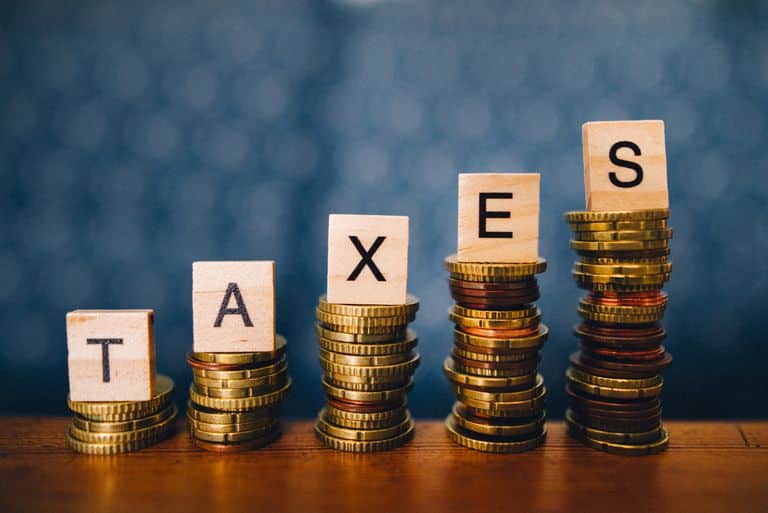What is Tax buoyancy?
- Tax buoyancy explains the relationship between the changes in government’s tax revenue growth and the changes in GDP.
- It refers to the responsiveness of tax revenue growth to changes in GDP.
- When a tax is buoyant, its revenue increases without increasing the tax rate.
- It depends upon:
- the size of the tax base;
- the friendliness of the tax administration;
- the rationality and simplicity of tax rates;
What is Tax Elasticity?
- It refers to changes in tax revenue in response to changes in tax rate.
- For example, how tax revenue changes if the government reduces corporate income tax from 30 per cent to 25 per cent indicate tax elasticity.
Elasticity vs Buoyancy:
- Tax elasticity considers the automatic response of revenues to the change in income given that tax structure is unchanged.
- On the other hand, tax buoyancy reflects both the impacts of income and discretionary changes on revenue earnings.
What is Laffer Curve?
It is an economic theory pioneered by economist Arthur Laffer suggesting that tax rates above a certain threshold reduce tax revenue since they incentivize people not to work. As such, it suggests that lowering tax rates motivates people to earn more money, resulting in greater tax revenue.
Q1) What is tax base?
A tax base is a total amount of assets or income that can be taxed by a taxing authority, usually by the government. It is used to calculate tax liabilities. This can be in different forms, including income or property.
Source: GST led to high tax buoyancy, augurs well for resource mobilisation: Survey
Last updated on June, 2025
→ UPSC Notification 2025 was released on 22nd January 2025.
→ UPSC Prelims Result 2025 is out now for the CSE held on 25 May 2025.
→ UPSC Prelims Question Paper 2025 and Unofficial Prelims Answer Key 2025 are available now.
→ UPSC Calendar 2026 is released on 15th May, 2025.
→ The UPSC Vacancy 2025 were released 1129, out of which 979 were for UPSC CSE and remaining 150 are for UPSC IFoS.
→ UPSC Mains 2025 will be conducted on 22nd August 2025.
→ UPSC Prelims 2026 will be conducted on 24th May, 2026 & UPSC Mains 2026 will be conducted on 21st August 2026.
→ The UPSC Selection Process is of 3 stages-Prelims, Mains and Interview.
→ UPSC Result 2024 is released with latest UPSC Marksheet 2024. Check Now!
→ UPSC Toppers List 2024 is released now. Shakti Dubey is UPSC AIR 1 2024 Topper.
→ Also check Best IAS Coaching in Delhi
























